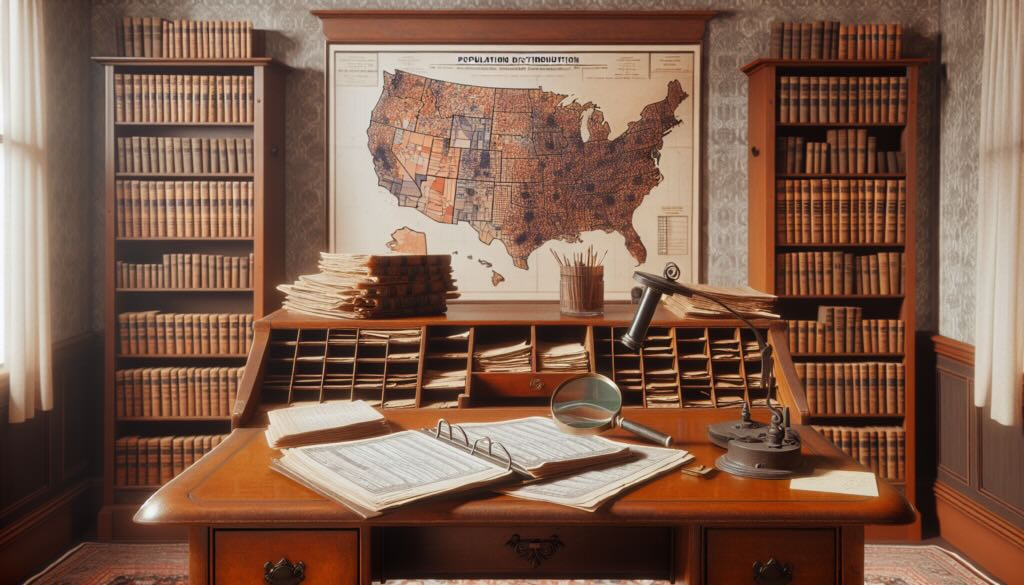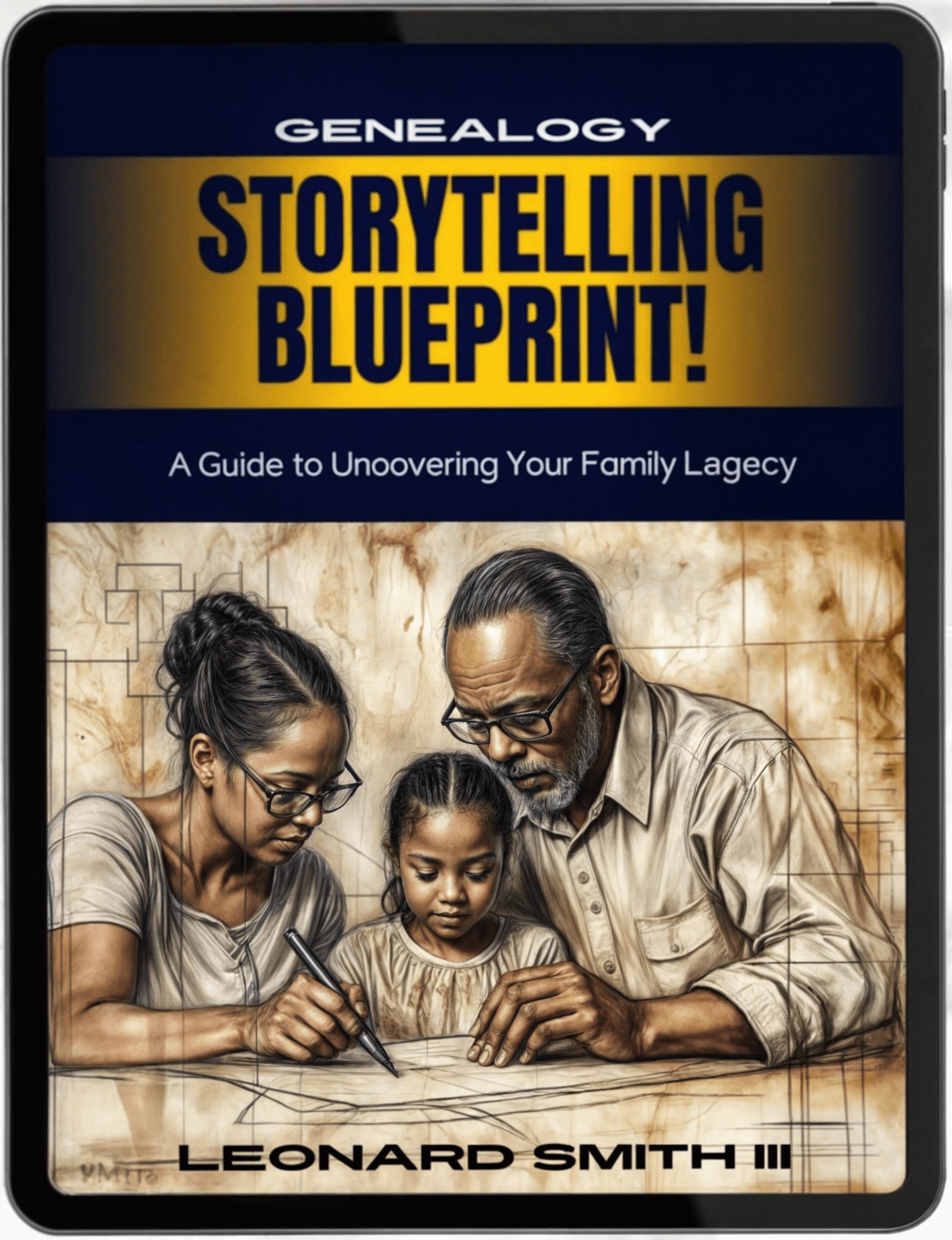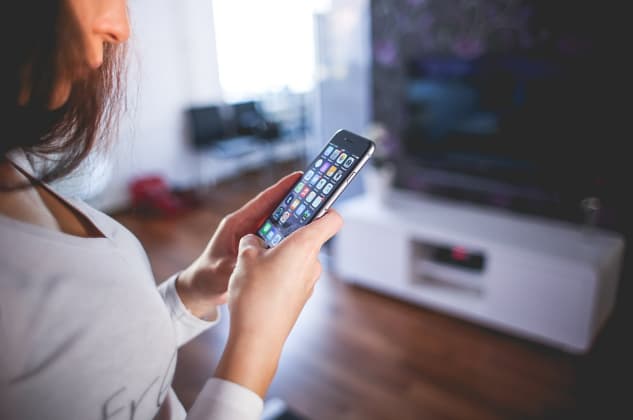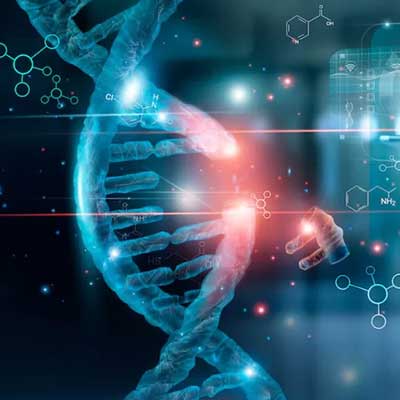- Home
- Genealogy Research Tools
- 1960 Census
View 1960 Census Records
So you're interested in learning more about the 1960 Census Records? Well, you've come to the right place! This article will explore the significance and importance of the 1960 Census Records. These records are valuable for researchers, historians, and genealogists, providing a snapshot of the population and societal trends during this pivotal historical year. From demographic information to cultural shifts, the Census Records 1960 offer a fascinating glimpse into the past. So, grab a seat and look at this treasure trove of information!
1960 Census Records
Overview of Census Records
Census records are vital documents that provide a wealth of information about a particular population at a specific time. The 1960 census records, in particular, offer a comprehensive snapshot of the United States during a transformative period in its history. These records allow researchers, historians, and genealogists to gain insights into various aspects of society, such as demographics, socioeconomic status, migration patterns, family structures, and more.
Significance of Census Records
Census records hold immense significance due to their ability to capture a cross-section of society. They provide invaluable data that can be used to understand societal changes, identify trends, and make informed decisions in areas such as public policy, urban planning, and historical research. The 1960 census records, for instance, shed light on the impact of post-World War II economic growth, the Civil Rights Movement, and the burgeoning baby boomer generation.
Availability of the 1960 Census Records
Records from the 1960 to 2020 censuses can only be obtained by the person named in the record or their heir after submitting form BC-600. The United States Census Bureau maintains an extensive collection of historical documents, including the 1960 census records.
Methods of Accessing Census Records
Several methods are available to access the census records from 1950 and older. One option is to search online databases through official government websites or reputable genealogy platforms. These databases often allow users to input specific search criteria, such as name, location, or household, to refine their search and locate relevant records. Another method is to visit physical locations, such as local libraries or genealogy centers, which provide access to census records through microfilm or printed copies.
Benefits of Census Records Research
Engaging in census records research offers numerous benefits for both individuals and society as a whole. By exploring these historical records, researchers and historians can better understand the past, identify societal patterns, and make informed decisions. For genealogists, census records serve as a treasure trove of information, allowing them to trace their family history, uncover ancestral backgrounds, and connect with past generations. Additionally, census data can address contemporary issues by providing insights into social and economic disparities.
Limitations of Census Records
While census records provide valuable information, being aware of their limitations is essential. One limitation is the potential for inaccuracies due to human error during data collection and transcription. Additionally, some individuals or groups may have needed to be included or represented in the census, leading to gaps in the data. Furthermore, the level of detail in the records can vary, with some demographic or socioeconomic characteristics being more thoroughly documented than others. Researchers must approach census records critically, considering these limitations when interpreting the data.
Primary Information Provided by Census Records
Census records offer a wide range of primary information that can be extracted to gain insights into various aspects of society and its composition. Some key categories of information found in the 1960 census records include demographic data, socioeconomic data, migration patterns, family structure, occupation and employment, educational attainment, and housing data. These diverse categories provide a comprehensive overview of the population at the time, enabling researchers to analyze and draw meaningful conclusions.
Demographic Data
Demographic data encompasses information related to the characteristics of individuals within a population. This includes age, sex, race, ethnicity, marital status, and familial relationships. By analyzing demographic data from the 1960 census records, researchers can identify changes in population distribution, examine age cohorts, track changes in racial demographics, and study household compositions.
Socioeconomic Data
Socioeconomic data provides insights into individuals' and households' economic and social status. This data can include occupation, income, education level, homeownership, and poverty status. Examining socioeconomic data from the 1960 census records allows researchers to understand the distribution of wealth, the prevalence of certain occupations, changes in educational attainment, and the standard of living during the period.
Migration Patterns
Migration patterns represent the movement of individuals and families from one geographic location to another. Census records provide valuable information on migration, including where individuals were born and their previous and current residences. Analyzing migration patterns in the 1960 census records allows researchers to identify trends in internal migration, track population movements to urban areas, and study the impact of migration on communities.
Family Structure
Census records provide valuable insights into family structures at a specific time. Information regarding the composition of households, familial relationships, and living arrangements can be found in the 1960 census records. This data allows researchers to analyze changes in family structure, such as the prevalence of nuclear families, extended families, or single-parent households.
Occupation and Employment
Occupation and employment data provide insights into the types of work individuals were engaged in and their employment status. This information can include job titles, industry sectors, and employment status (e.g., employed, unemployed, retired). Analyzing occupation and employment data from the 1960 census records allows researchers to identify shifts in occupational patterns, understand the distribution of job opportunities, and explore the impact of industrial changes.
Educational Attainment
Educational attainment data records the level of education individuals have completed, such as high school, college, or advanced degrees. These records can offer insights into the educational opportunities and literacy rates during the period. By analyzing educational attainment data from the 1960 census records, researchers can track changes in literacy rates, explore disparities in educational access, and understand the educational landscape of the era.
Housing Data
Housing data provides valuable information about individuals' and households' housing conditions and characteristics. This can include homeownership, rental status, number of rooms, types of housing structures, and housing values. Analyzing housing data from the 1960 census records allows researchers to examine changes in housing trends, explore urbanization patterns, and understand the quality of housing available during the time.
Utilizing Census Data for Genealogy Research
Census records from 1960 are a goldmine for individuals interested in tracing their family history and exploring their ancestral backgrounds. These records help genealogists piece together their family tree, uncover hidden ancestors, and gain a deeper understanding of their roots. By utilizing census data, individuals can delve into the lives of their predecessors, explore family patterns and dynamics, and create a comprehensive narrative of their family history.
Tracing Family History
The 1960 census records serve as a crucial tool for tracing family history. Individuals can locate their ancestors in the census records by searching for specific names, birthplaces, or familial connections and gain valuable insights into their lives. Tracing family history allows individuals to establish their familial lineage, identify key family members, and bridge gaps in their knowledge of previous generations.
Understanding Ancestral Backgrounds
Census records also provide valuable information about the ancestral backgrounds of individuals and families. By examining ethnicity, race, and birthplaces in the 1960 census records, individuals can gain a deeper understanding of their ancestral heritage. Discovering the ethnic and cultural roots of one's ancestors can be a powerful and enriching experience, helping individuals connect with their heritage and foster a sense of identity.
Exploring Family Patterns and Dynamics
The 1960 census records offer a unique window into the intricate dynamics of families. By examining household compositions, familial relationships, and living arrangements, individuals can better understand the social structure of their ancestors. Exploring family patterns and dynamics can shed light on intergenerational relationships, extended family networks, and historical family traditions.
Locating Missing Ancestors
One of the most significant advantages of using census records for genealogy research is the ability to locate missing ancestors. By carefully examining neighboring households, cross-referencing names, and considering alternate spellings, individuals can uncover relatives who may have been missed in other records. The 1960 census records provide a valuable opportunity to fill the gaps and expand the family tree.
Sharing Family History with Future Generations
Engaging in genealogical research using census records allows individuals to preserve their family history for future generations. By creating comprehensive family trees, documenting ancestral stories, and sharing findings with relatives, individuals can ensure that the legacy of their ancestors lives on. The knowledge gained from the 1960 census records can be passed down through the generations, fostering a sense of identity and strengthening family bonds.
Examples of Research Using Census Records 1960
The 1960 census records have been the basis for numerous research studies, each offering unique insights into the society and culture of the time. Here are a few examples of research conducted using the census records from 1960:
Case Study 1: Analyzing Population Growth in Urban Areas
By examining migration and population data from the 1960 census records, researchers discovered a significant increase in urban population during that period. This research shed light on the rapid urbanization during the post-World War II era and the resulting strain on urban infrastructure and services.
Case Study 2: Investigating Changes in Occupational Patterns
Another study using the 1960 census records focused on changes in occupational patterns over time. By comparing occupation data from the 1960 census to earlier and subsequent census records, researchers identified shifts from manufacturing to service-based occupations, highlighting the changing economic landscape of the United States.
Case Study 3: Tracking Educational Attainment Across Generations
Researchers used the 1960 census records to track educational attainment across multiple generations. This study revealed an increase in educational attainment from parents to children, highlighting the importance of education in upward social mobility and the changing priorities of American families.
Case Study 4: Examining Housing Trends and Standards
Through an analysis of housing data from the 1960 census records, researchers explored housing trends and standards during that period. This study revealed disparities in housing quality and conditions among different racial and socioeconomic groups, emphasizing the need for equitable housing policies.
Census records from 1960 offer unparalleled insights into the demographics, socioeconomic landscape, and family dynamics of the United States during an era of significant change. These records hold immense value for researchers, historians, and genealogists, providing a comprehensive view of society and its composition. By utilizing and interpreting the wealth of information in these records, individuals can trace their family history, understand their ancestral backgrounds, and contribute to a greater understanding of the past. The 1960 census records are a treasure trove of knowledge waiting to be explored by those seeking a deeper understanding of society and its place within it.
















